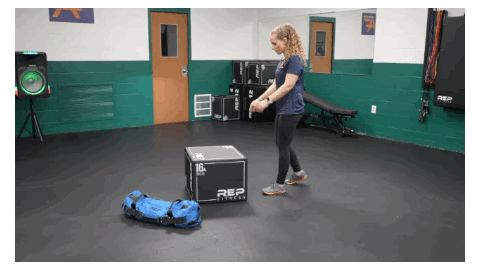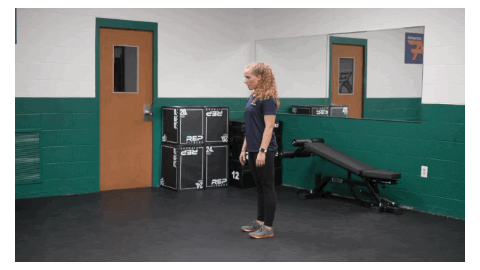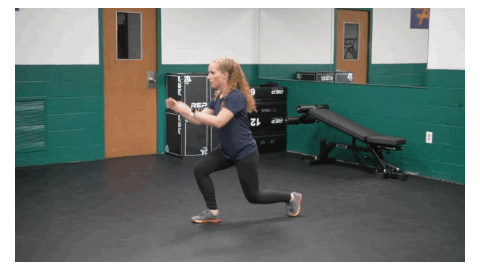Are you looking for a new way to spice up your workout routine? Look no further than plyometric circuit routines! Plyometric exercises, also known as jump training, are explosive movements that can help improve your power, speed, and agility. Combined with circuit training, you can create a high-intensity workout that will challenge your body and improve your overall fitness.
What is Plyometric Training?
Plyometric training involves explosive movements that use the stretch-shortening cycle of your muscles. This means that the muscles are stretched before contracting, which can improve their ability to produce force quickly. Examples of plyometric exercises include:
-
- Jump squats


-
- Burpees

-
- Jump lunges

-
- Plyometric push-ups

Benefits of Plyometric Training
Incorporating plyometric exercises into your workout routine can benefit your fitness level. Some of these benefits include:
Improved Power and Speed
Plyometric exercises can help improve your power and speed by training your muscles to contract quickly. This can improve performance in other activities, such as running or playing sports.
Increased Calorie Burn
Plyometric exercises are high-intensity movements that can help you burn more calories than traditional strength training exercises. This can help you achieve your weight loss goals faster.
Better Balance and Coordination
Plyometric exercises require a lot of balance and coordination, which can help improve these skills over time. This can translate to better performance in other activities, such as yoga or dance.
How to Create a Plyometric Circuit Routine
To create a plyometric circuit routine, you will need to choose a variety of plyometric exercises and pair them with strength training exercises. Here’s an example routine:
-
- Jump squats
- Push-ups
- Box jumps
- Dumbbell rows
- Burpees
- Bicep curls
- Jump lunges
- Tricep dips
- Plyometric push-ups
Perform each exercise for 30 seconds, taking a 10-second rest between each exercise. Repeat the entire circuit 3-4 times for a complete workout.
Tips for Safe Plyometric Training
Plyometric training can be intense, so taking some precautions is essential to ensure you’re doing it safely. Here are some tips:
-
- Start slow: If you’re new to plyometric training, gradually build up with a lower-intensity workout.
-
- Wear proper shoes: Wear shoes with good support and cushioning to protect your joints.
-
- Use proper form: Ensure you use good form for each exercise to avoid injury.
-
- Listen to your body: Stop and rest if you feel pain or discomfort.
Conclusion
Plyometric circuit routines can be a fun and effective way to improve your fitness level. You can improve your power, speed, and agility by incorporating explosive movements into your workout routine. Remember to start slow, use proper form, and listen to your body to avoid injury. Happy jumping!